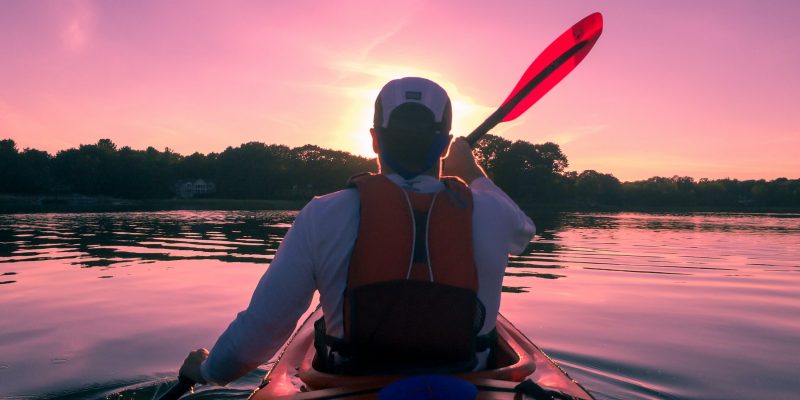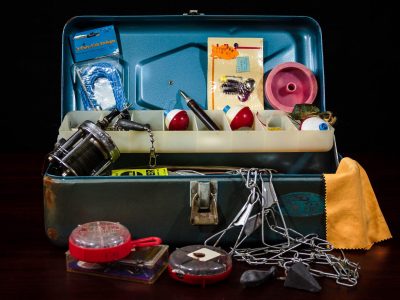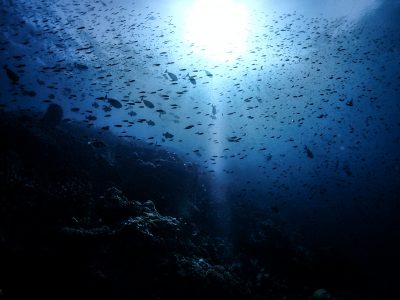You may learn how to fish from a kayak and put it into action by learning some basic kayak fishing tips.
What is Kayak Fishing?
Kayak fishing is simply fishing from a kayak. Kayaks are small, lightweight boats that are very easy to maneuver and offer anglers a unique way to fish both fresh and saltwater bodies of water. Kayak fishing has become increasingly popular in recent years as more and more people discover the joys of this fun and challenging sport.
There are a few things to consider before heading out on your first kayak fishing trip. Here are some kayak fishing tips for beginners to help you get started:
Preparations:
- Practice paddling and maneuvering your kayak in calm waters before heading out into rougher conditions.
- Start off small. Choose smaller, calmer bodies of water to fish from your kayak until you get the hang of it. Once you’re more comfortable, you can venture out into larger waters.
- Need to know how to swim if kayaking. Do not swim away from your kayak in heavy currents.
- Be mindful of wind and current if you paddle with it and have to go against it on the way back you may be too tired to return. Keep track of how far you have paddled so you have the energy to paddle back.
- Be aware of the weather conditions and forecast before heading out onto the water. Be sure to check the tide and weather conditions throughout the day, a crucial thing to note with any water-based activity.
Gears and Equipment:
- Make sure you have the proper safety gear. This includes a life jacket, whistle, and flares. Wear PFD as kayaks can tip over. Passing boats can cause wakes that can tip the kayak.
- Have everything on the kayak in a water-tight pouch or container that will float, especially your phone, camera, or electronics. Get a waterproof fanny pack so what you need is close to your body.
- Properly outfitted kayak – this includes things like a comfortable seat, storage for your gear, and proper fishing accessories. Have your lures, hooks, pliers, or baits within an easy reaching distance. If you don’t have enough waterproof containers, consider using freezer Ziplocs for your items.
- Another important thing is a paddle leash. Check your kayak if it includes a paddle leash. If not, consider purchasing one so that your paddle stays linked to a cleat or eyelet while you are catching a fish.
- You might also want to bring along some food and water, as well as a first-aid kit and sunscreen.
- Invest in an anchor. This will help to keep you in one spot and make fishing a lot easier. There’s nothing more frustrating than seeing a school of bluegill or finding the ideal mangrove nook only to constantly drift away from your target.
- If fishing in saltwater, choose a rod and reel combo designed for saltwater. If it goes into the salt water, rinse with fresh water immediately. When you return you may need to take it apart, use reel lubricant, and may have to replace some of the gears or bearings.
- Because you’re so much closer to the water in a kayak, you’ll probably get damp occasionally. It’s a good idea to wear moisture-wicking clothes that dry quickly and have a waterproof bag or box with you for when it’s time to change into dry clothing.
- In saltwater, do not get too close to manatees as they can come up under your kayak and tip it. There are anchor poles you can lodge into the water’s bottom to secure your kayak, handy when fishing.
- A handheld VHF is helpful to be able to call boaters should you be in trouble.
More Safety Tips:
- Be aware of your surroundings and always let someone know where you’re going and when you’ll be back.
- Kayak with a buddy on another kayak if possible for safety and stay together.
- Beware of kayaking close to trees as they may house snakes or bees. A swarm of bees or wasps could attack you and everything including you could end up in the water.
- Beware of snakes in the water, they are able to get onto your kayak. Watch for alligators and crocodiles. While it’s not likely, they could attack your kayak.
If you have the time and resources, you can always take a kayak fishing class or lessons from an experienced kayaker to learn some basic safety tips and techniques.
Now that you know the basics, it’s time to hit the water and try kayak fishing for yourself! With a little practice, you’ll be an expert in no time. Trust us, there’s nothing quite like reeling in a big fish from your kayak. It’s an experience you won’t soon forget. Happy kayak fishing!


